By the EERI Reconnaissance Team.
March 16, 2011. Earthquake Engineering Research Institute.
On Wednesday 16 March I mobilized with a Geotechnical Rapid Response Team to inspect a number of properties subjective to rockfall in the Lyttelton Area. Precariously balanced rocks and cliff lines on steep slopes above a number of homes posed a potential hazard during a significant aftershock or heavy rain. We provided a quick assessment of imminent rockfall hazard and risk to structures/lifelines as well as mapped rockfall sources and rockfall hazards to support further assessment and mitigation.
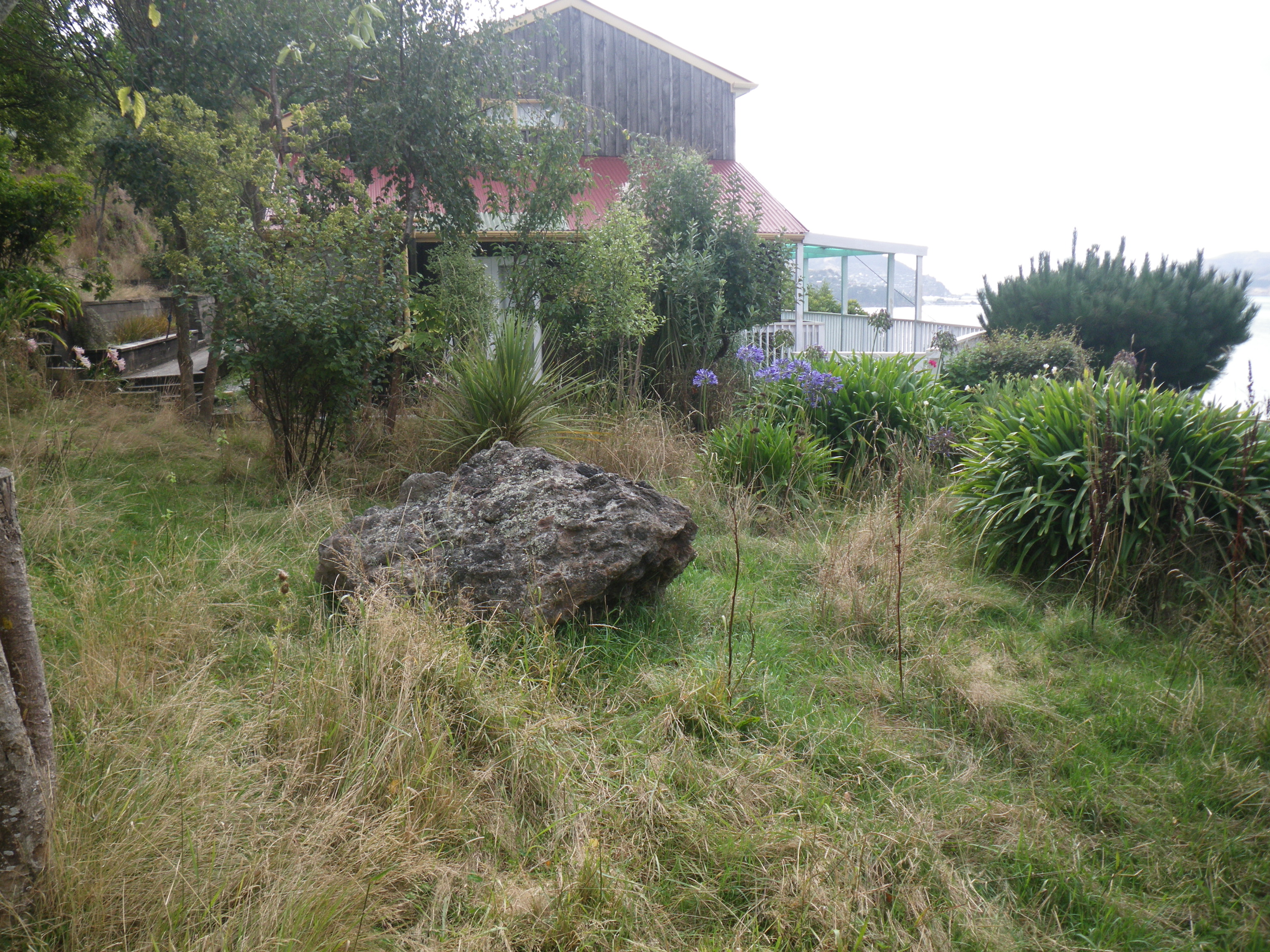 |
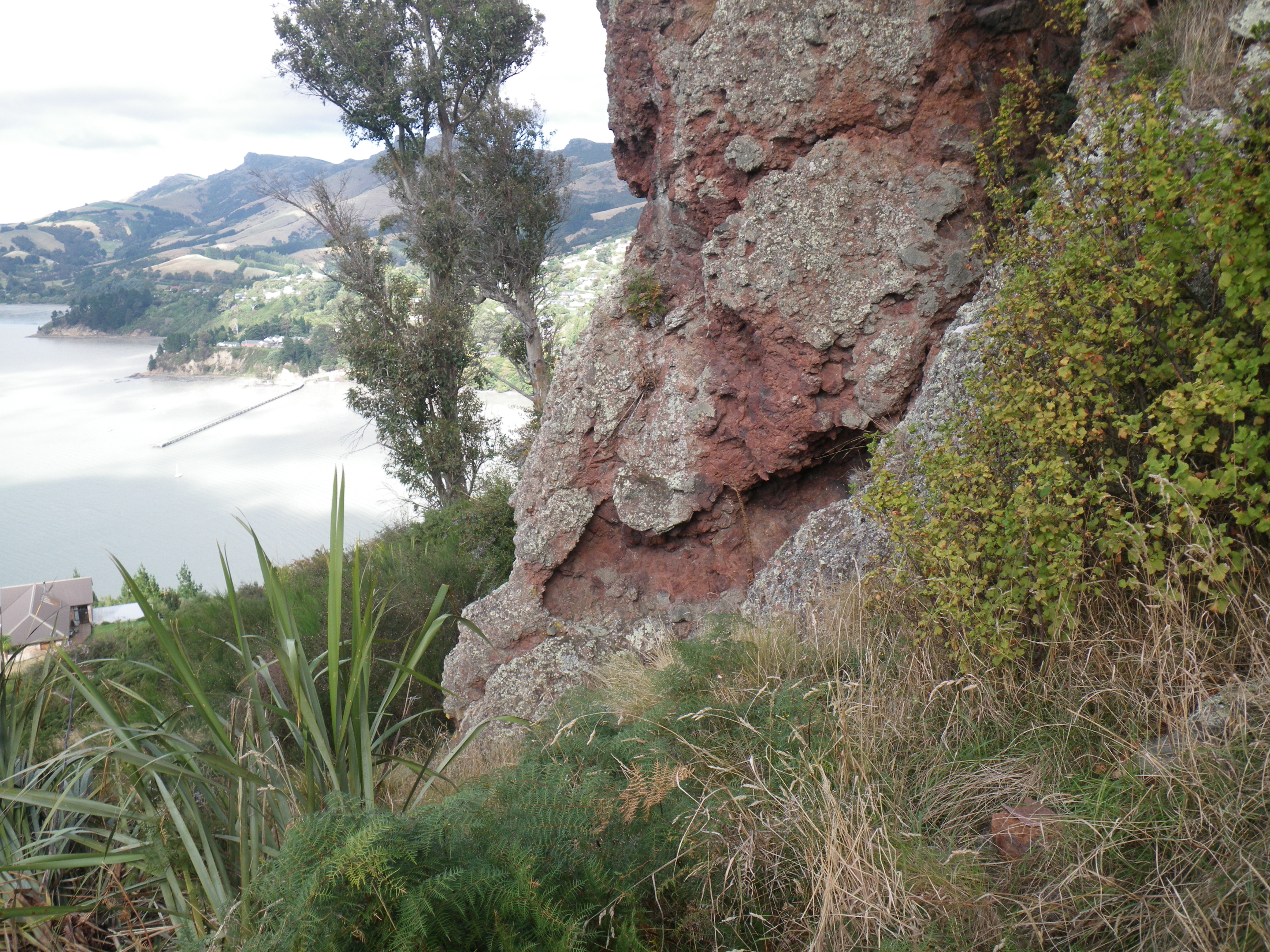 |
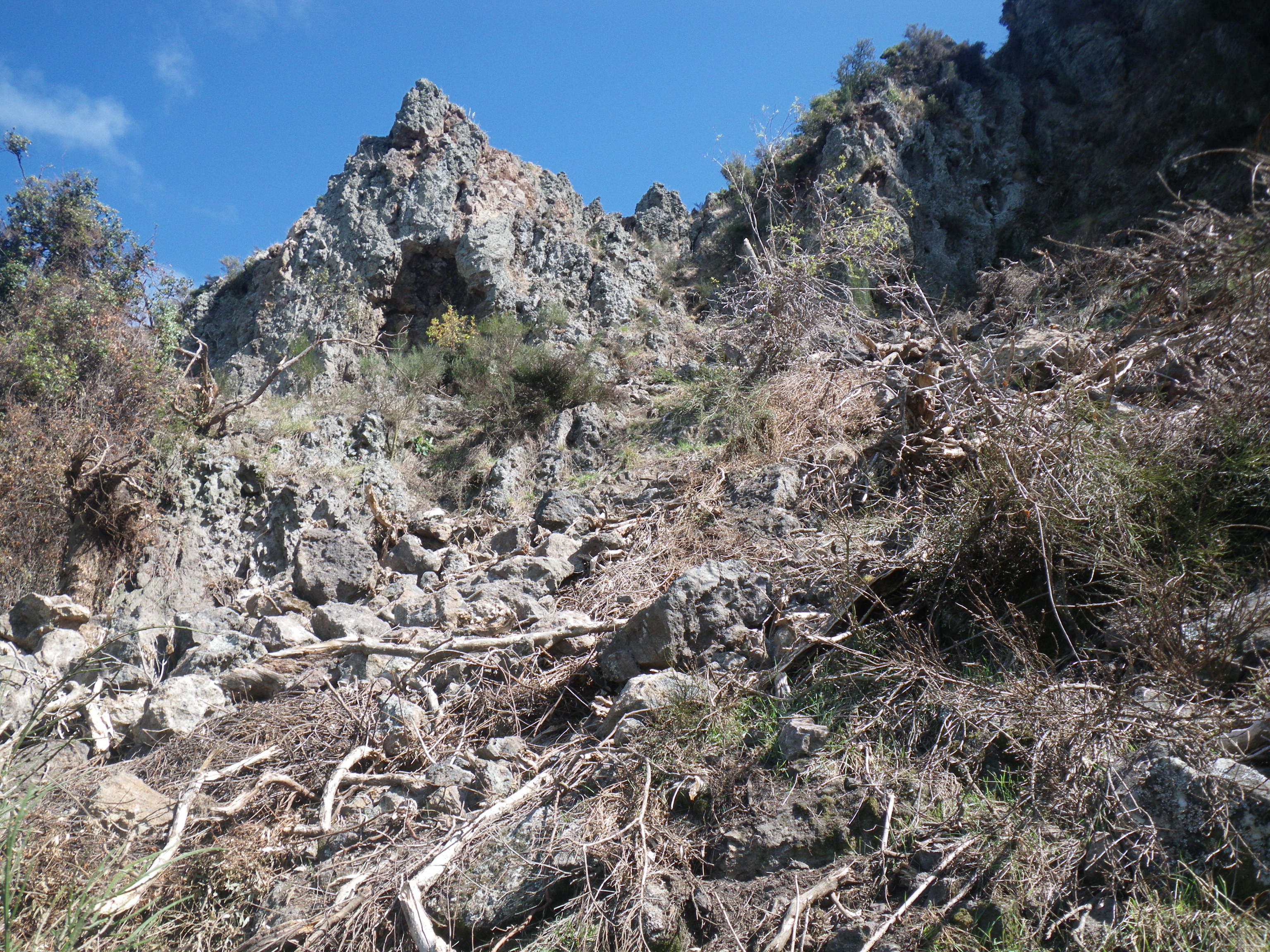 |
| Figure 1. | Figure 2. | Figure 3. |
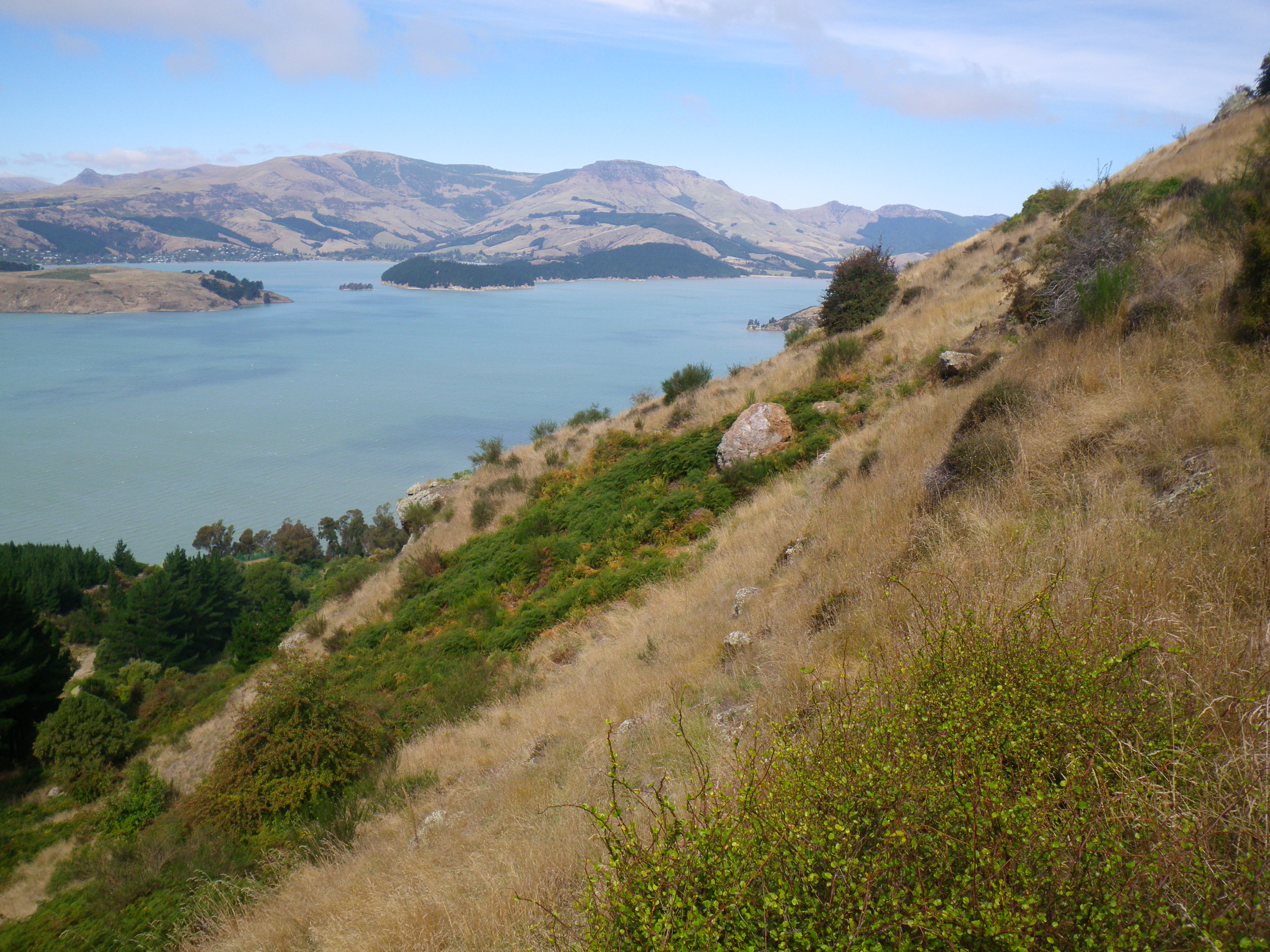 |
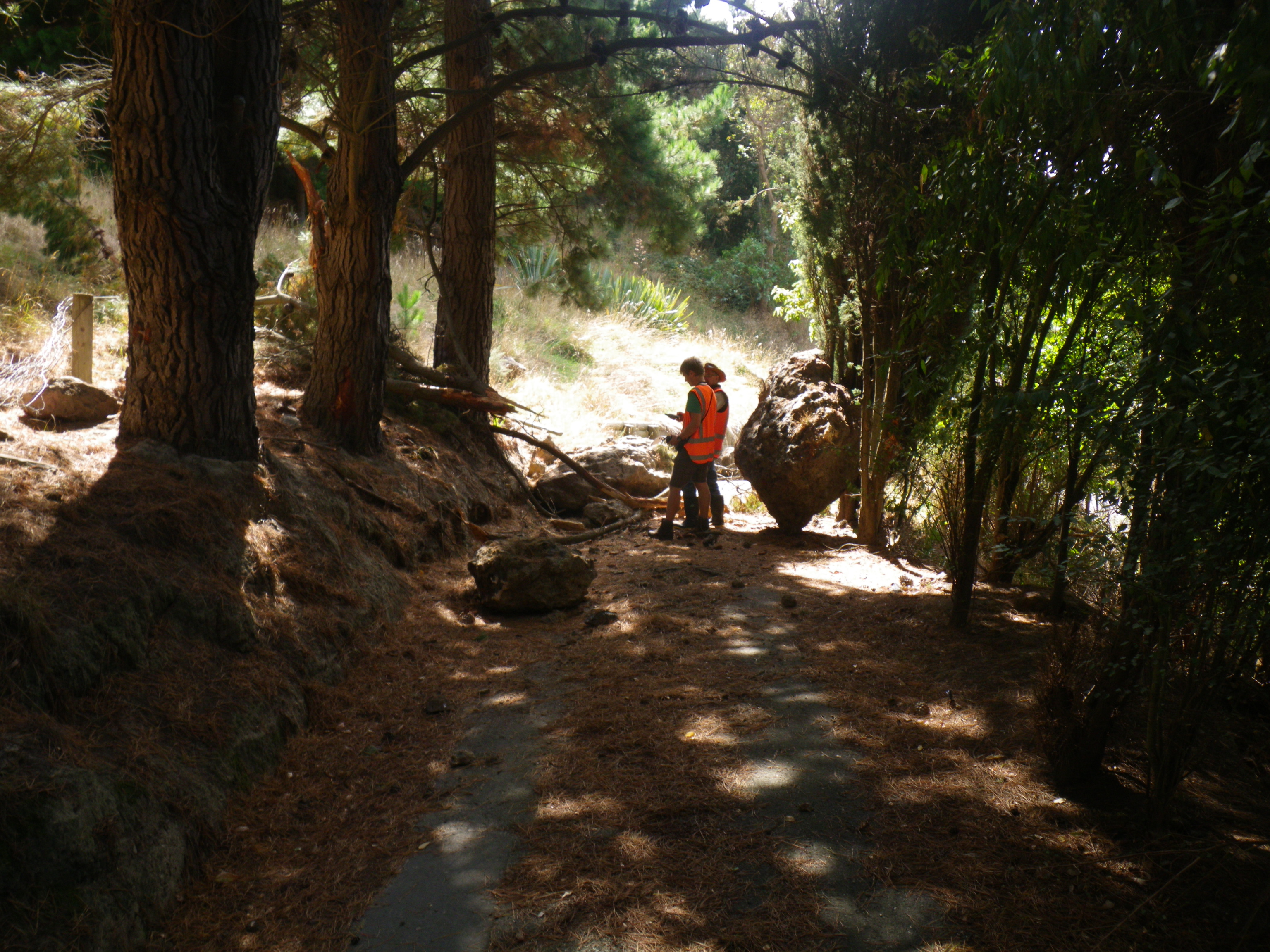 |
| Figure 4. | Figure 5. |
The volcanic rocks in this area are comprised of basaltic and trachytic lavas with interbedded breccias creating a blocky mass. On the ~500m slopes above the coastal road recent rockfall (up to 5m x 3m x 3m) and rock avalanche source zones are observable. There is also evidence of rockfall from the September 2010 event and significant historic rockfall, implying this area has a geologic history of rockfall. The rockfall that reached the road and residential area are numerous.
While the February 2011 earthquake has caused precarious and loose rock from source zones to fall, essentially removing the hazard, it has also loosened blocks and opened joints behind these fallen sources, in effect, replacing the hazard. The earthquake response efforts have identified large rockfall source and hazard zones. To my knowledge, while very well known as susceptible to rockfall hazard, this area has not been previously assessed for rockfall risk in such detail. Undoubtedly, it is critical to remove the risk to life from the imminent hazard and restrict occupancy. There is a possibility that many of the properties will remained red-tagged until significant mitigation (rock breaking, scaling, bolting, berms) occurs to reduce the imminent risk to acceptable levels. Beyond the immediate hazard, there are now mapped hazard source zones with probable return periods on time frames related to the next design event (eq or even storm). A question arises in terms of this earthquakes impact to long-term rockfall risk management in this area.
Learning from Earthquakes: First person reports